Wisdom Tooth
A wisdom tooth, or third molar, is a tooth that typically erupts into the mouth in late adolescence or early adulthood. It is the last tooth to develop in the mouth, and is located in the back of the dental arch. Wisdom teeth are the most commonly removed teeth in dentistry due to their tendency to cause overcrowding and misalignment in the mouth, leading to a host of dental problems. Wisdom teeth are usually three-sided, with two cusps and one flat side. They can be either partially or fully impacted, meaning they are unable to fully erupt into the mouth. Impacted wisdom teeth can cause a variety of dental problems, including pain, crowding, and infection. These issues can be addressed through wisdom tooth removal, which is typically done by an oral surgeon. For those considering wisdom tooth removal, the key is to act proactively. Early removal, before the age of 25, can ensure that the roots of the tooth are still developing, and make the procedure less complex. Later removal may involve more complex surgical techniques, and may also come with a greater risk of complications. In some cases, it may be possible to retain the wisdom tooth without extraction. If the tooth is well-aligned, it can be monitored for any changes in position. Regular dental checkups can also help to ensure that any dental problems associated with the wisdom tooth can be addressed before they become more serious. Ultimately, wisdom tooth removal is a decision that should be made between the patient and their dentist. It is important to consider all of the risks and benefits associated with the procedure, and to make an informed decision that is best for the individual’s oral health.
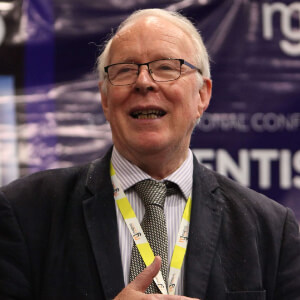
David Geoffrey Gillam
Queen Mary University of London, United Kingdom
Zvi Loewy
New York Medical College, United States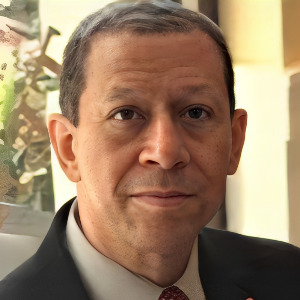
Khamis A Hassan
Global Dental Research Centre, Canada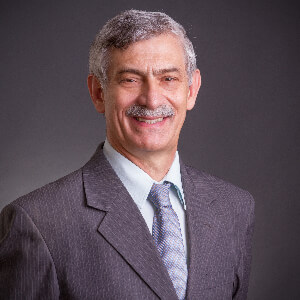
Laurindo Moacir Sassi
Erasto Gaertner Hospital Cancer Center and Mackenzie Evangelical University Hospital, Brazil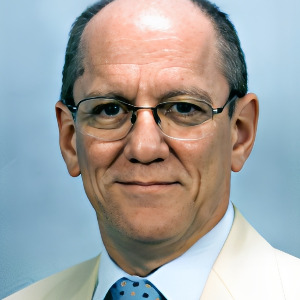
Arnaldo Castellucci
Dr. Castellucci MD, DDS, Italy
Yasser Khaled
Marquette University, United States
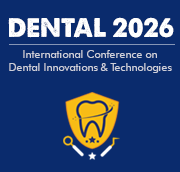


Title : Efficacy of a biomin F toothpaste compared to conventional toothpastes in remineralisation and dentine hypersensitivity: An overview
David Geoffrey Gillam, Queen Mary University of London, United Kingdom
Title : Knowledge and attitudes of dental professionals in the evaluation of Molar Incisor Hypomineralisation (MIH): Awareness, diagnosis and treatment approaches: An overview
David Geoffrey Gillam, Queen Mary University of London, United Kingdom
Title : The coordinated triad of spatial temporal and biomechanical strategies managing the where when and how of shrinkage stress in bulk fill resin composite restorations
Khamis A Hassan, Global Dental Research Centre, Canada
Title : Dental treatment of 1500 young children under general anesthesia
Jaap Boehmer, Rijnstate Hospital, Netherlands
Title : Enhancing root canal success strategic use of orifice opener one step synthesis gels orifice barriers
Emmanuel Samson, Consultant Total Dental Care, India
Title : Importance of clinical pharmacokinetics of medications in the postoperative period of patients undergoing dental surgical procedures
Vitoldo Antonio Kozlowski Junior, Ponta Grossa State University, Brazil